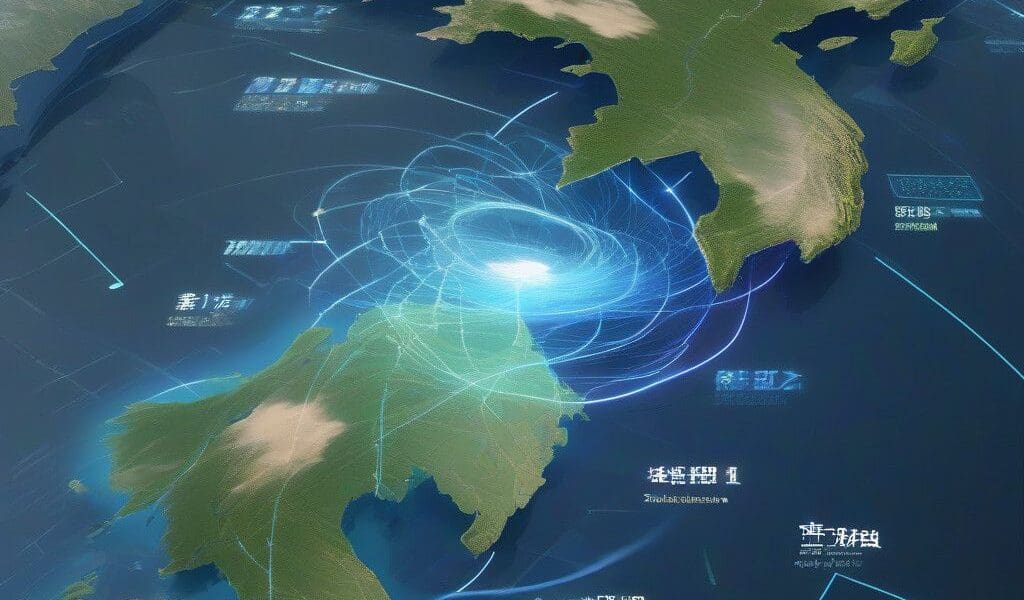Taiwan Leverages AI Technology for Enhanced Typhoon Tracking
In a significant advance in weather forecasting, Taiwan is now utilizing artificial intelligence (AI) to improve the accuracy of its tropical storm tracking systems. This change comes at a crucial time as the island faces severe weather events. Of particular note is the approaching storm Bebinca, which has prompted the Central Weather Administration (CWA) to employ AI models developed by companies such as Nvidia to enhance their predictions.
AI models have demonstrated their capacity to outperform traditional forecasting methods, offering forecasters newfound confidence in predicting storm paths. For instance, during Typhoon Gaemi in July, these AI-based systems successfully predicted the storm’s trajectory and impact, providing early warnings as much as eight days before its landfall. This advanced warning allowed authorities to prepare adequately, significantly reducing potential damage and ensuring public safety.
The implementation of AI tools showcased their ability to anticipate complex storm behaviors, such as a rare loop that extended Gaemi’s effects over Taiwan. The innovative algorithms used in these systems were notably successful in predicting record-breaking rainfall that came alongside the storm. The CWA reported that the shift to AI-driven forecasts not only improved accuracy but also helped streamline the decision-making processes for emergency responses.
While the results are promising, experts caution that AI technology still requires further development to fully match traditional systems in predicting the intensity and wind speeds of such storms. Experts believe that AI has already cemented its role in projecting storm trajectories and could progressively revolutionize forecasting practices globally.
To maximize the potential of AI, Taiwan’s weather service forecasters are actively seeking to establish enduring collaborations with technology companies like Nvidia. Such partnerships aim to enhance these predictive tools and expand the capabilities of AI in the realm of meteorology. As advancements continue, the hope is that AI will play a pivotal role in achieving even greater accuracy in weather predictions.
A key factor contributing to the effectiveness of AI models is their ability to process vast datasets that are often beyond the analytical scope of conventional forecasting equipment. Traditional methods depend largely on historical data and simulation models, which can sometimes fall short in dynamically changing weather conditions. In contrast, AI leverages machine learning algorithms to draw insights from real-time data, allowing for rapid adjustments to predictions based on incoming information.
This shift in technology is not only relevant to Taiwan but resonates globally, especially as climate change continues to impact weather patterns. As regions worldwide confront more frequent and severe storms, the capability to forecast weather with precision becomes critical. By adopting AI technology, sectors beyond meteorology can learn to utilize data analytics for better decision-making processes during emergencies.
Although AI weather forecasting models are not without limitations, the current trajectory is promising. By refining these tools and investing in technological advancements, Taiwan stands at the forefront of integrating AI into meteorological practices. As the island continues to enhance its storm tracking capabilities, it exemplifies a modern approach to disaster preparedness.
In conclusion, Taiwan’s integration of AI technology into its storm tracking systems represents a significant leap forward in the fight against extreme weather events. As forecasters refine these AI tools and expand their capabilities, the hope remains that this approach will lead to improved predictions and enhanced public safety during typhoon season.








